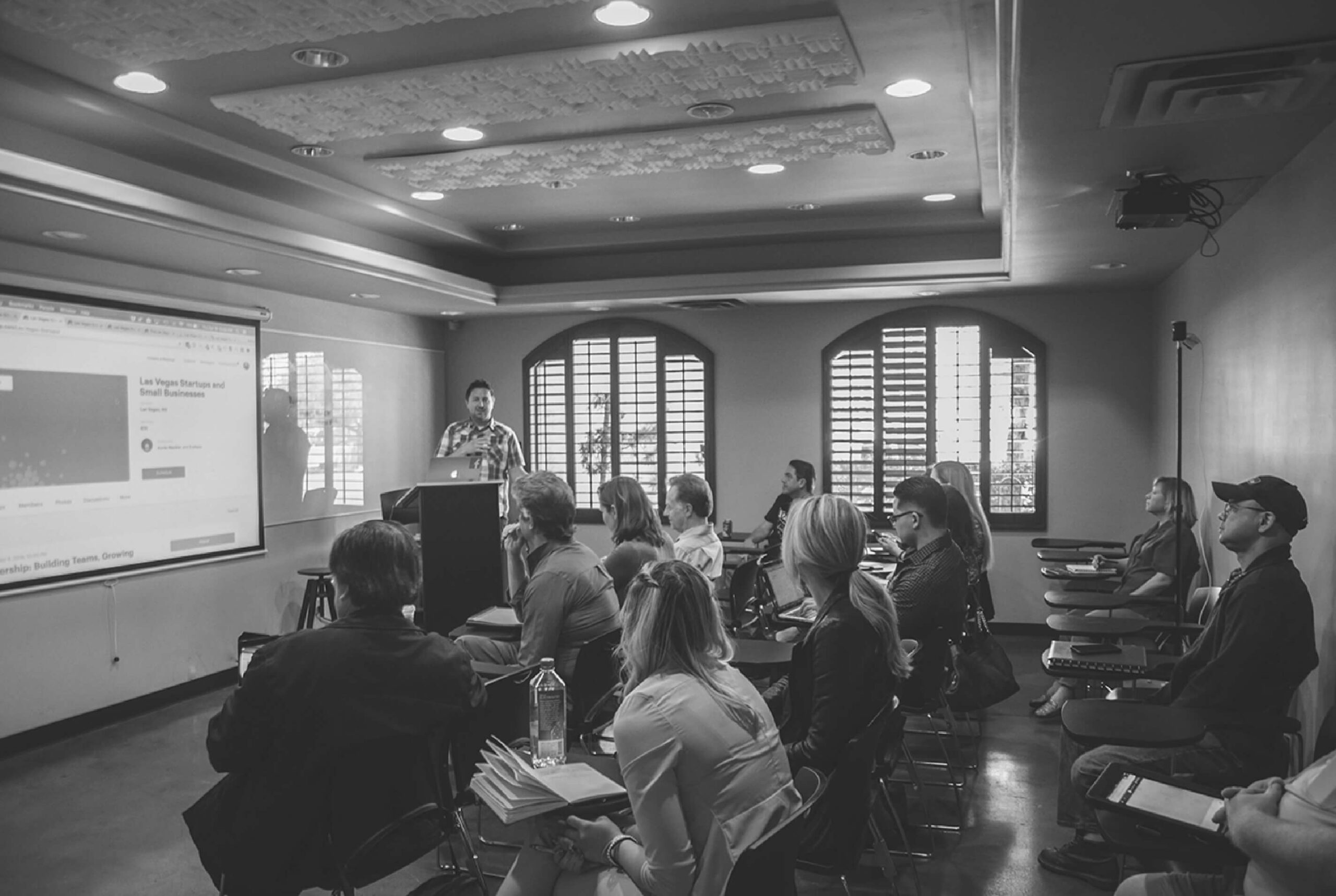My college journey started at Illinois Central College (ICC), one of Illinois’ 48 public community colleges located on a bluff overlooking the Illinois River. My commute from Peoria was 30 minutes by car, 60 by bus which I often had to take. I sometimes worked three jobs to pay for school. I was a scrappy B+ student in high school (HS) and immersed myself in my studies for 12 months before earning a transfer scholarship to Bradley University. That was 1980-1981.
When I reflect on my experiences as well as on the challenges college students today face, I think about the role community colleges play in our higher education ecosystem. My work with the Partnership for College Completion and the Illinois Equity in Attainment Initiative (ILEA) provides me an opportunity to support 17 Illinois community colleges who have committed to being agents of change to address racial and socio-economic disparities on their campuses that result in inequitable graduation rates (35% of all community colleges in Illinois). As I think about community colleges providing a better path forward for many students, three things come to mind:
1) Community: The roots of community colleges are diverse and deeply connected to partnerships with K-12 education, industry, healthcare and government in the communities they serve. These roots support the primary functions of community colleges: providing pathways to 4-year degrees, career and technical training, high school partnerships and continuing education. The communities where our state’s community colleges operate include our nation’s first public community college, Joliet Junior College (1901), Waubonsee Community College, named after the Potawatomi chief, Waubonsie, College of DuPage (the state’s largest CC) and the seven City Colleges of Chicago (CCC), two of which are named for three slain civil rights leaders, Malcolm X College and Kennedy-King College. The communities where our state’s community colleges serve a vital role are home to the Illinois Medical District, Mondelez International, Walgreens and United Airlines. In FY 2019, Illinois’ 48 community colleges enrolled 664,973 students or nearly 36% of all students (highest across all sectors in the state). That means that across Illinois, one out of every three students who have utilized public services and accessed health care, participated in the local workforce, sent their children to local schools, and spent money in their local communities – essentially supporting their local economy – has been a community college student.
2) Choice: ICC was my only choice. It was affordable. Sometimes choice boils down to where you were born, how much wealth your family has and what kind of curve balls you have already faced before enrolling in college. Community colleges play an important role in providing access for many students who have historically been underserved. According to the American Association of Community Colleges, community colleges serve as the entry point to higher education for over 41% of all undergraduates, including 52% of all Latinx and 42% of all Black students. In 2015-2016, 59% of community college students received some form of financial aid, including federal grants (34%), federal loans (15%) and state aid (22%). Additionally, 29% identify as first generation and 15% are single parents.[1] That means one out of four students enrolling in colleges across the country, chose a community college as their starting point.
3) Costs: In 2018-2019, the annual tuition costs and fees for in-state students enrolling in 30 credit hours at public four-year colleges in Illinois ranged from $11,803 to $16,004.[2] For independent, non-profit colleges, it ranged from $7,600 to $57,006.[3] Comparatively, at IL community colleges, full-time, in-district tuition and fees ranged from $3,504 to $5,220.[4] Though costs are less at community colleges, students received fewer federal (11%) and state (10%) financial aid dollars compared to those at four-year public (federal 29%, state 65%) and private (federal 33%, state 21%) institutions in FY 2010-2011.[5] That means the cost of attending an Illinois community college is 50% less than the lowest cost at a public four-year institution, but not all of the students who need federal and state support to cover the costs receive it.
The cost of attending an Illinois community college is 50% less than the lowest cost at a public four-year institution, but not all of the students who need federal and state support to cover the costs receive it.
As we approach the 2020-2021 academic year, many more students may choose to stay closer to their communities. The pandemic, a loss of a job or caring for a loved one at home may force choices for some. For Latinx, Black, first generation and low-income students, racial and socio-economic systemic barriers have historically played a significant role in their choice. When we consider the social injustices playing out on our streets and the need for additional investment in our communities, we should also consider leveling the playing field for the college students who need it the most. Community colleges that are focused on equity in degree completion and increasing overall rates of student success require greater investment for our most vulnerable students.
My community and the support I received from caring professors and practitioners grounded my love for higher education, and my start at ICC helped shape me into the person I am today. Forty years later, I am certain there are many stories like mine waiting to be told across our prairies, rural areas, suburbs and urban communities.
[1] American Association of Community colleges, 2020. Fast Facts 2020.
[2] IBHE Records, Integrated Postsecondary Education Data System (IPEDS), Undergraduate based on 30 credit hours, Tuition and Required Fees, Room and Board for Full-Time, In-State Entering Undergraduate Students, 2016-2017, 2017-2018, and 2018-2019 Academic Years.
[3] IBHE Records, Integrated Postsecondary Education Data System (IPEDS), Undergraduate based on 30 credit hours, Tuition and Required Fees, Room and Board for Full-Time, First-Time Undergraduate Students, 2016-2017, 2017-2018, and 2018-2019 Academic Years
[4] Illinois Community College Board (ICCB) Records, Annual Tuition and Required Fees, Room and Board for Full-Time, In-District Students at Public Community colleges, 2016-2017, 2017-2018, and 2018-2019 Academic Years.
[5] IBHE Records, Student Financial Aid Survey, Distribution of Financial Aid Dollars in Illinois, All Students by Source, Sector, and Type For Fiscal Year 2010 -2011.


